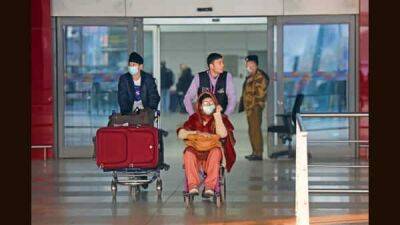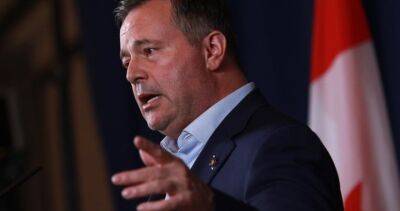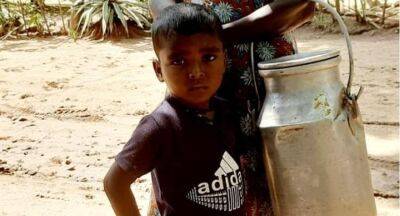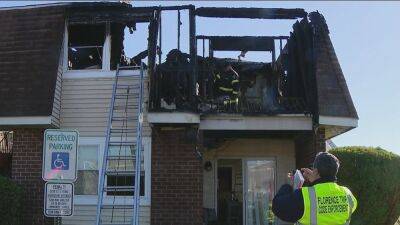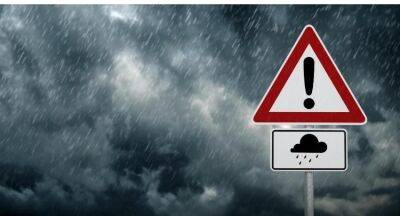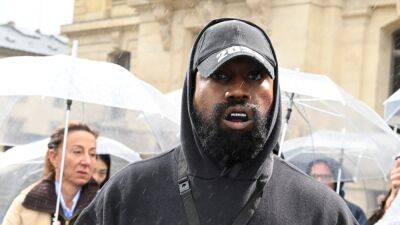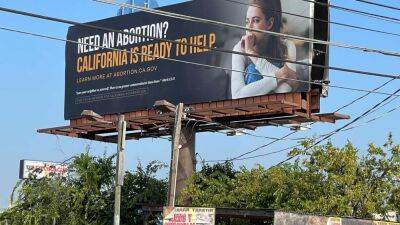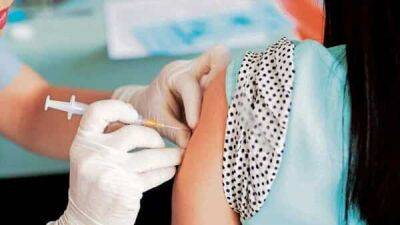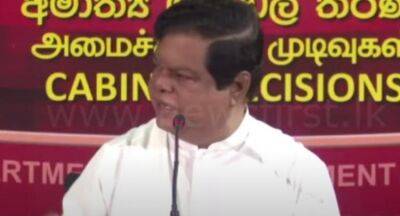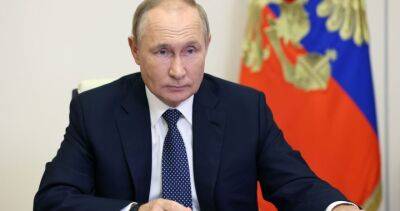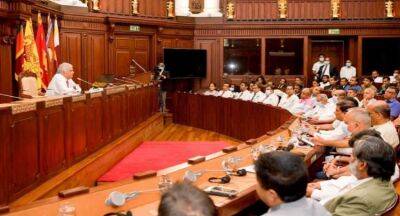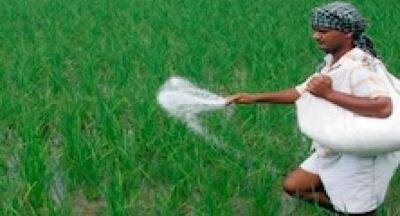Donors making a difference in the fight against polio
The large pool of unvaccinated children in Afghanistan, while decreasing, still represents a major risk for transmission of wild poliovirus.
Above: A polio vaccinator marks a home to show that the children living there have been vaccinated. ©UNICEFCountries are redoubling their efforts to keep children safe from polio in the wake of disruptions to childhood immunization programmes caused by COVID-19, natural disasters and conflicts.The recent reappearance of polio cases in countries long free of the paralyzing disease are “a disturbing reminder that until polio is eradicated everywhere, it remains a threat everywhere,” said WHO Director-General Dr Tedros Adhanom Ghebreyesus.
Support from contributors – among them the Bill & Melinda Gates Foundation, the US Centers for Disease Control (USA), Gavi, the Vaccine Alliance, and Rotary International – is helping countries reach children with vaccines and monitor communities for the presence of wild and vaccine-derived poliovirus.Polio and other infectious diseases are presenting a special threat in Pakistan, where months of floods have brought on a humanitarian crisis.
In August, WHO allocated US$ 10 million from its Contingency Fund for Emergencies (CFE) to help Pakistan respond. The CFE is fueled by flexible contributions from 16 Member States.
Read more on who.int



